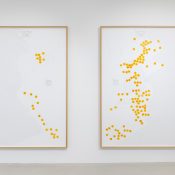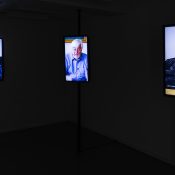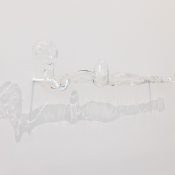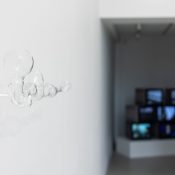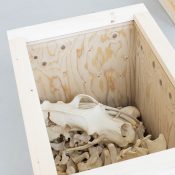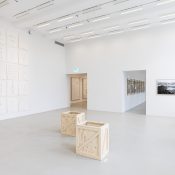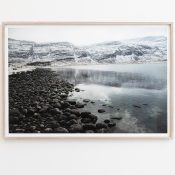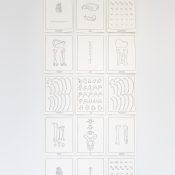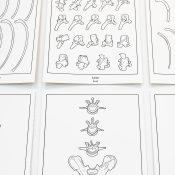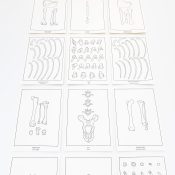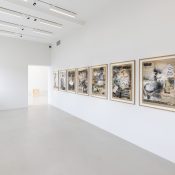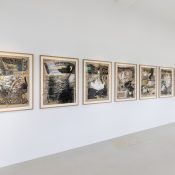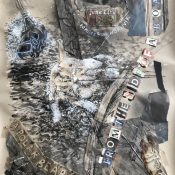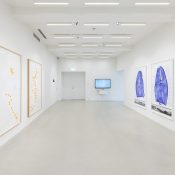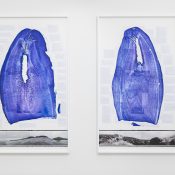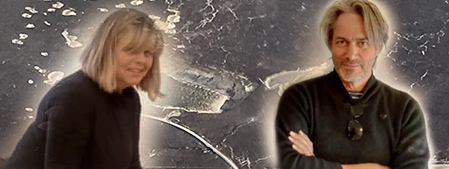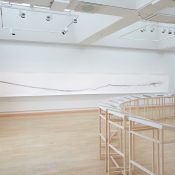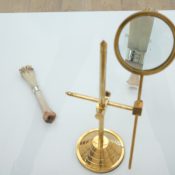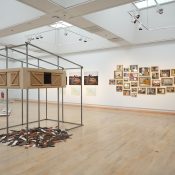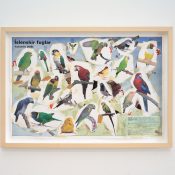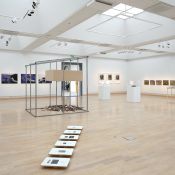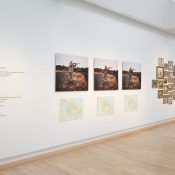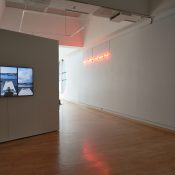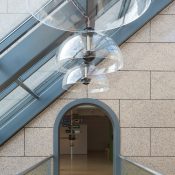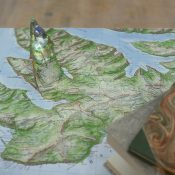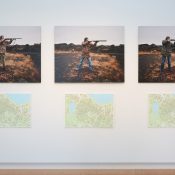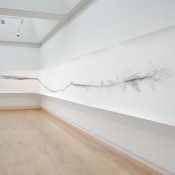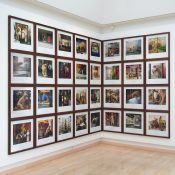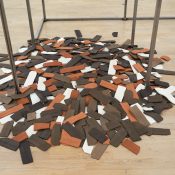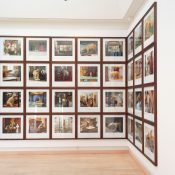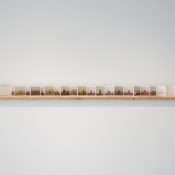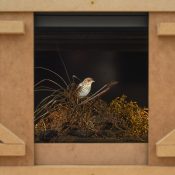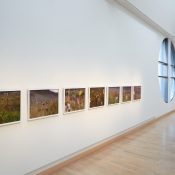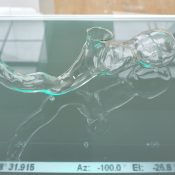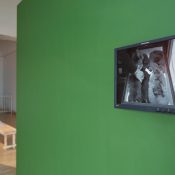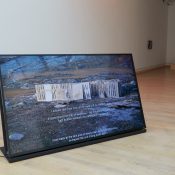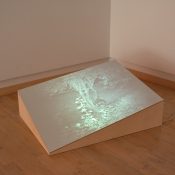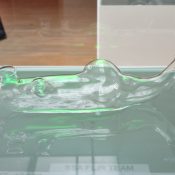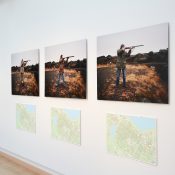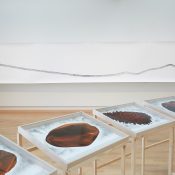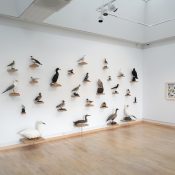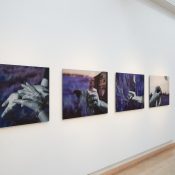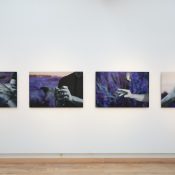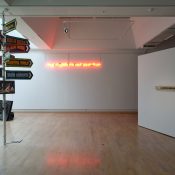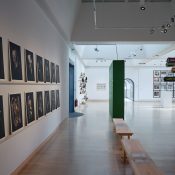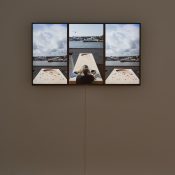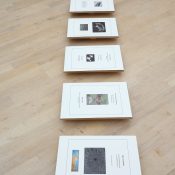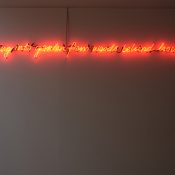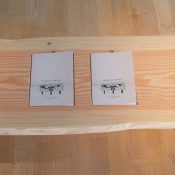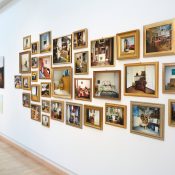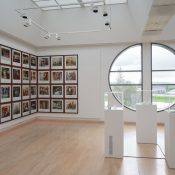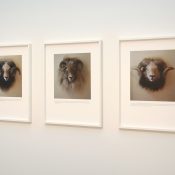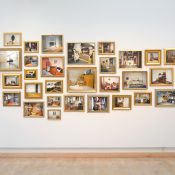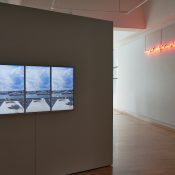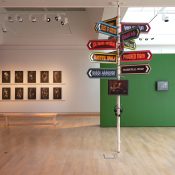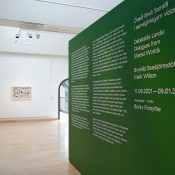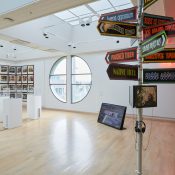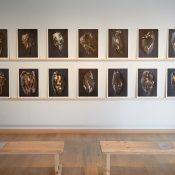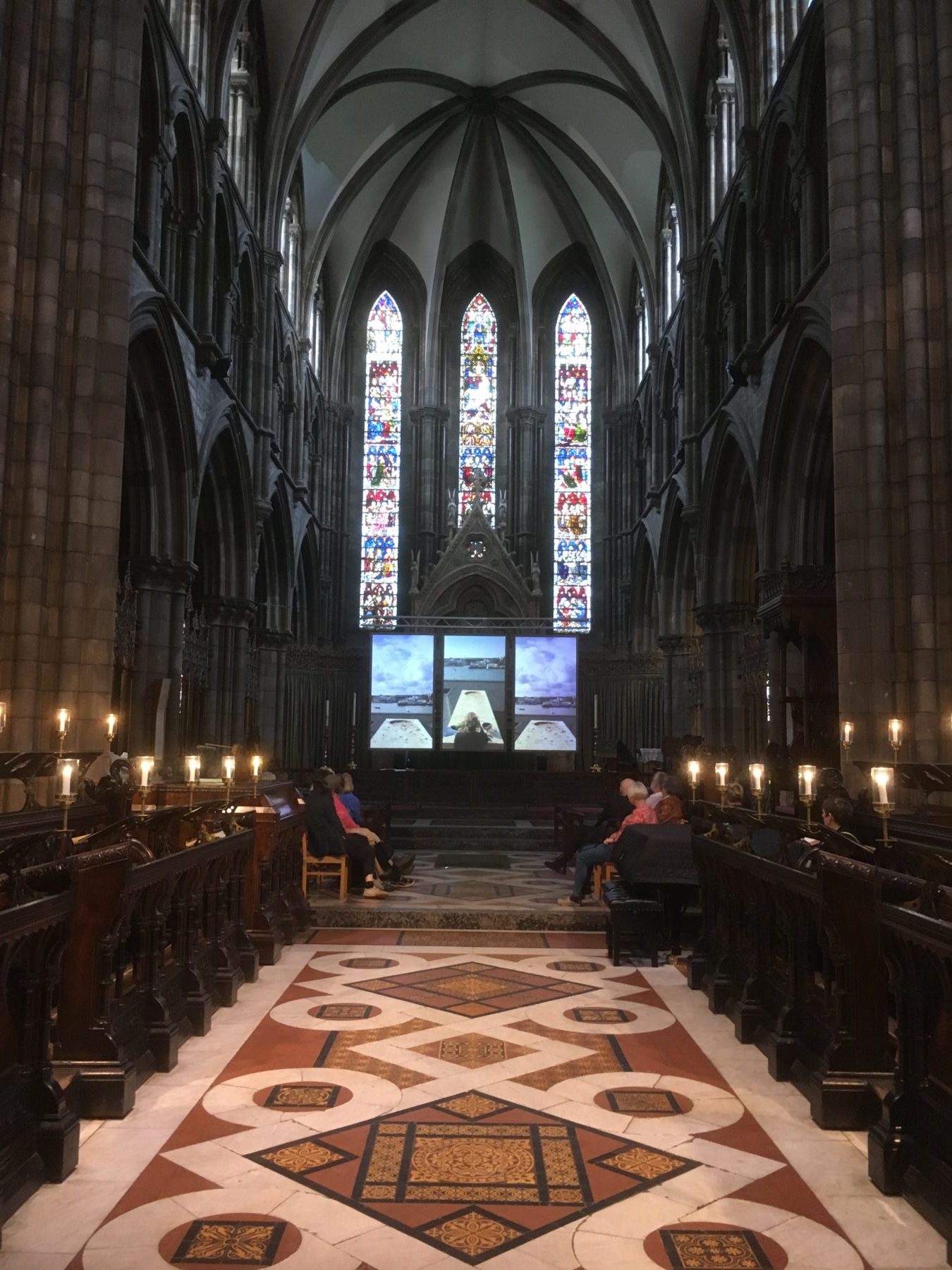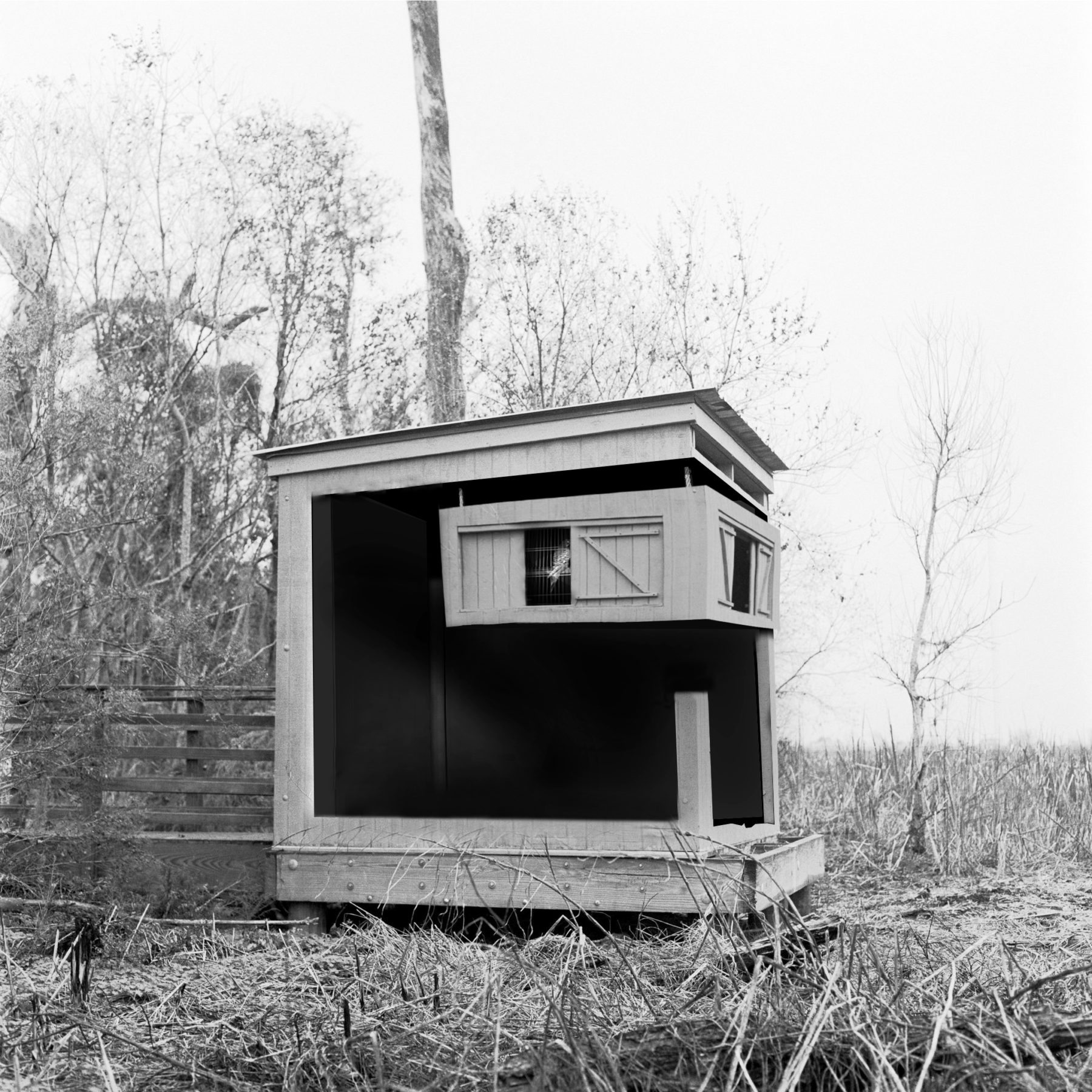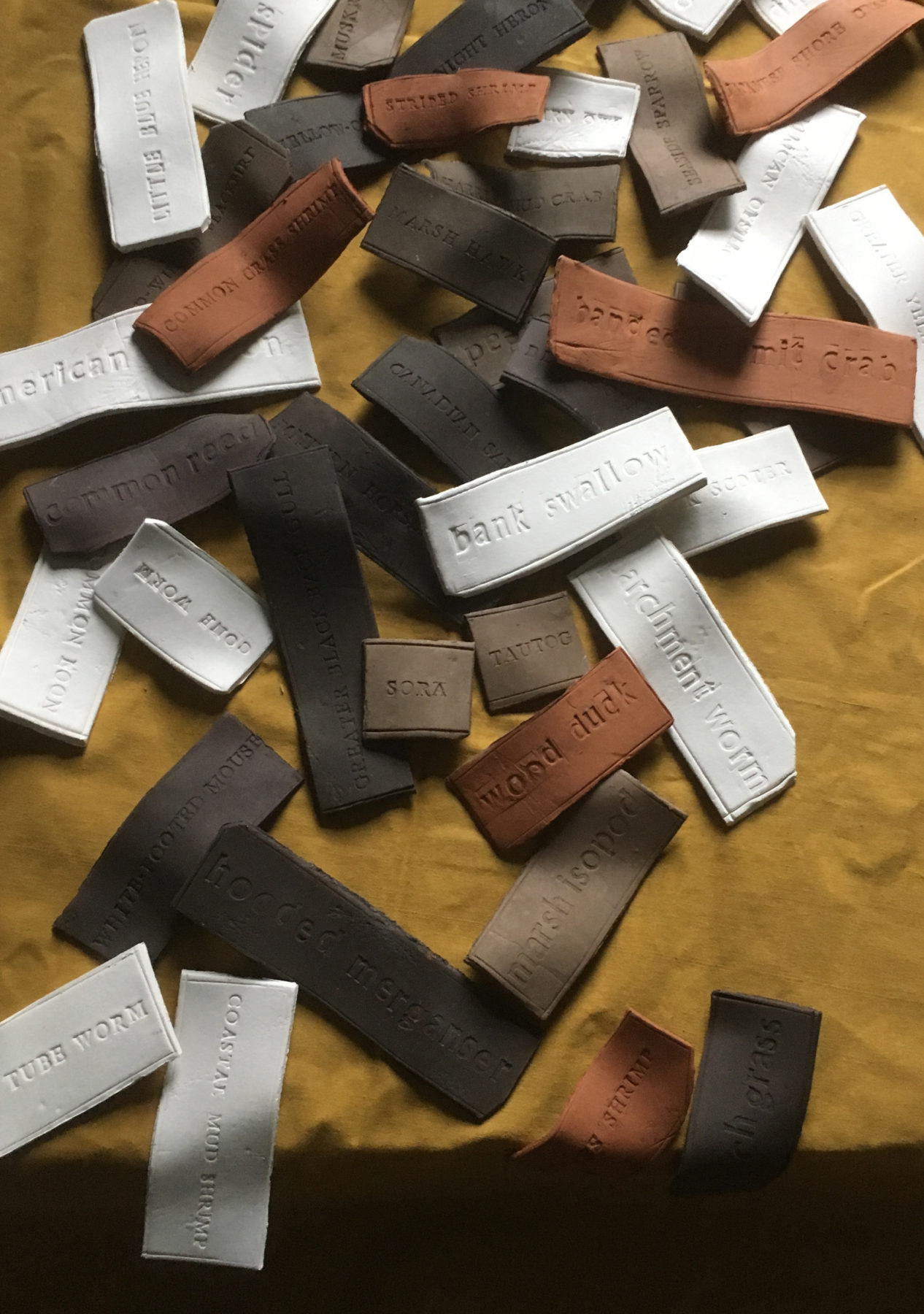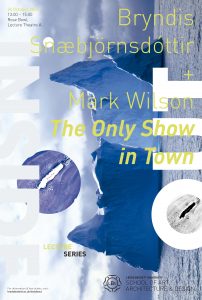- Ursus Maritimus Íslandia1880-2021
- Visitations I, II ,III
- Matrix
- Matrix (and Polar Bear News)
- Þverárfjall ♂ June 3 2008
- Gallery view
- Kaldbaksvík 1892
- The Edge of the World
- The Edge of the World (detail)
- The Edge of the World (detail)
- When Once Comes Once Again
- When Once Comes Once Again
- 50 miles north of Hornvík (a bear was ‘hanged’)
- Gallery View
- Shooting the Messenger
photographic documentation by Daniel Starrason
Visitations: Polar Bears Out of Place
In 2019, Snæbjörnsdóttir/Wilson received major funding from Rannís, the Icelandic Research Fund, for a 3-Year project 2019-2022. The project will conclude with two major solo exhibitions in Akureyri Museum of Art (September – January 2021) and Anchorage Museum (October 2022 – September 2023)
Please enter Visitations website here: –https://visitations.snaebjornsdottirwilson.com/map-of-polar-bear-arrivals/
In January 2019, Mark Wilson PhD, artist and Professor at the University of Cumbria, UK and Bryndís Snæbjörnsdóttir PhD, artist, Professor and MA programme director at the Department of Fine Art, Iceland University of the Arts, received a 42 million ISK (268,000GBP) grant from Rannís, the Icelandic Research Fund for a three-year research project Visitations: Polar Bears out of Place.
In the context of global warming and sea-level rise, the project Visitations took specific historic and contemporary polar bear arrivals to the coasts of Iceland as a point from which to consider more widely, issues of population displacement, hospitality and increasingly excited global migration patterns. Approaching the subject from a contemporary art perspective, in a cross-disciplinary collaboration with folklorists, anthropologists and an international art curator, the project probed intimate and geo-political contact zones, between humans and others and thereby, related networked effects of climate change, population displacement and environmental disruption The research gathered and combined images, texts, audio, biological and other material relating to specific recorded polar bear arrivals. Methodologies involved a close study of the relationship between source material and its cultural and environmental contexts as well as to the transmission, interpretation and presentation of subtexts embedded within all visual and textual matter. The project involved a number of satellite partner institutions, both locally and abroad, which allowed for further comparative study within a wider cultural context, and concluded in two major museum exhibitions, an international conference and a significant section in the artists’ 20-year revue publication Debatable Landsdocumenting the project as a whole.
Collaborators were from the University of Iceland´s programme in Folkloristics, Kristinn Schram and in Art History, Æsa Sigurjónsdóttir, as well as its Research Centre in Strandir, the Akureyri Art Museum and the Anchorage Museum in Alaska.
Of the 198 applications submitted to the IRF for 2018/19, 16%, or 31 projects received support. The project was hosted by the Iceland University of the Arts. This was the first time a research project within the field of arts practice received support from the Icelandic Research Fund.
